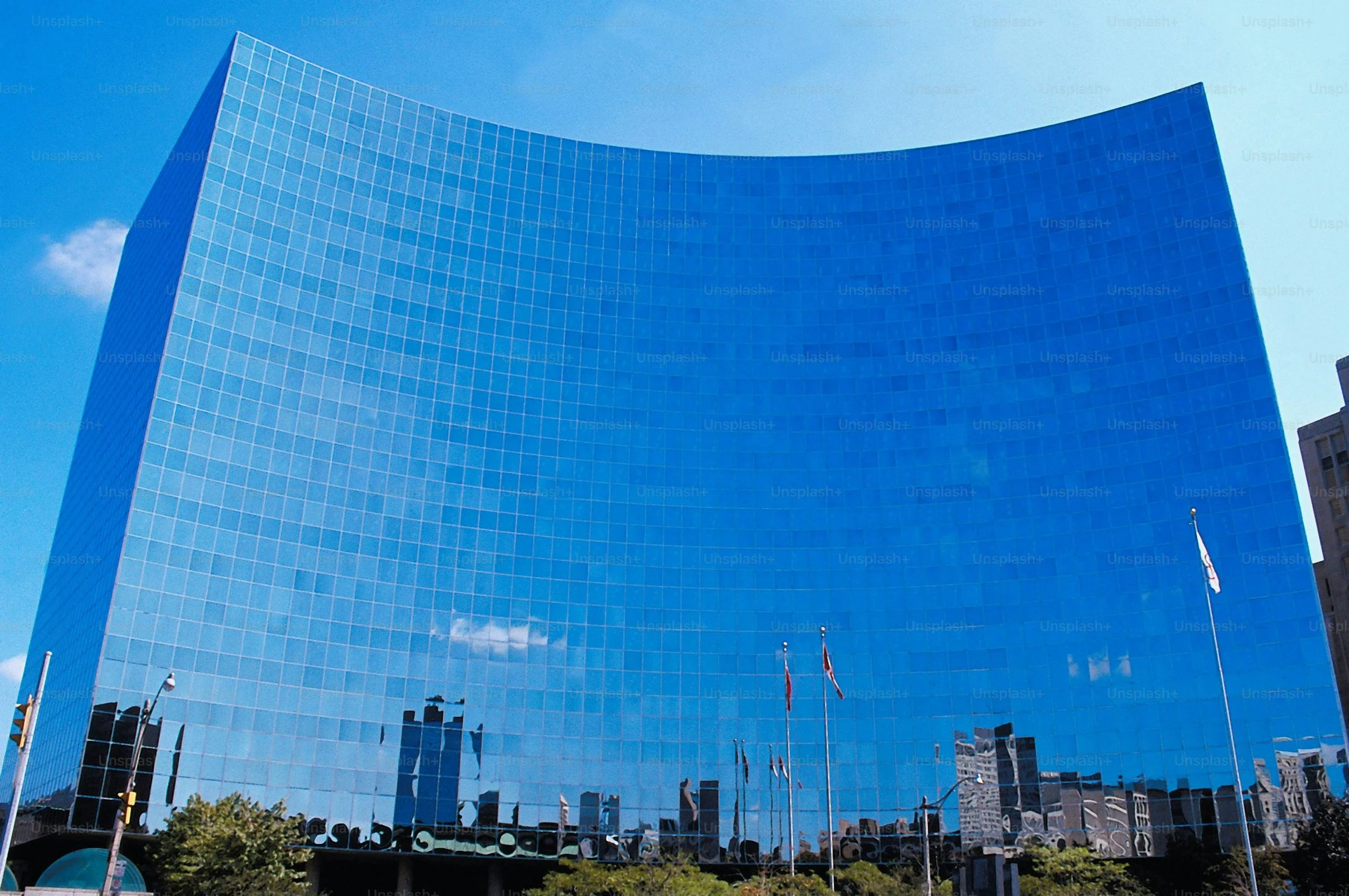Curved Window Design Ideas: The Architectural Comeback of Organic Shapes
As explained by Matt Edwards of Genesis Home Improvements, upgrading your windows is one of the most transformative ways to enhance a home's character and curb appeal.
While traditional rectangular windows are functional and ubiquitous, curved and arched windows introduce a unique architectural flourish that can elevate both interior and exterior spaces. These organic shapes break the rigidity of straight lines, offering a softer, more inviting atmosphere that blends classical elegance with modern sensibility.
In recent years, curved windows have experienced a renaissance—becoming a popular choice among architects and designers seeking to reintroduce fluidity, light, and historical charm into contemporary builds.
The Classical Roots of Curved Window Design
Curved and arched windows have deep historical roots. They were prominent features in Roman and Gothic architecture, where arches served both structural and aesthetic purposes.
In Romanesque cathedrals, rounded windows softened the harsh stone walls and allowed for higher, more stable openings. The Gothic era pushed these boundaries further, with pointed arches and stained glass creating an interplay of light and structure that became iconic.
In domestic architecture, especially during the 18th and 19th centuries, arched windows were a staple in neoclassical and Victorian styles.
These elegant forms signaled luxury and refinement, often appearing in grand entryways, parlors, and conservatories. Today, contemporary architecture is looking back to these classical forms—not out of nostalgia, but to borrow their emotional and aesthetic richness.
Modern Architecture Embraces Softness and Fluidity
In the current era of minimalist and functional design, the return of curved windows might seem unexpected. Yet, modern architecture has increasingly embraced organic shapes and biophilic design principles, which emphasize natural forms and the human connection to nature. Curved windows, with their gentle arcs and sweeping lines, naturally align with these values.
Designers are moving away from stark, boxy aesthetics and toward softer, more human-centered spaces. Curved elements help create rooms that feel more fluid and expansive. Whether incorporated into a full window wall or a simple arched dormer, these shapes interrupt monotony and invite the eye to explore.
This design trend is not just about looks—it also supports wellness. Rounded windows tend to feel less aggressive, offering a calming presence in both residential and commercial environments.
Crafted to Fit: Customization by Skilled Artisans
Unlike standard windows, curved and arched designs often require a high level of customization. Fortunately, advancements in glazing technology and fabrication methods have made it easier than ever to create bespoke window designs tailored to any architectural style. Flickinger Glassworks show how specialized artisans and manufacturers can shape glass, wood, aluminum, or steel frames to fit virtually any curve or arch specification. Whether you’re restoring a historic property or building something new, custom curved windows can be designed to match precise dimensions, radius, and finish requirements.
For homeowners or architects seeking a truly standout feature, incorporating handcrafted curved windows can add artistic value and authenticity that mass-produced alternatives cannot replicate.
Functional and Aesthetic Benefits
Beyond their visual appeal, curved windows offer a range of functional benefits:
Light Diffusion: The curvature of the glass allows natural light to enter from multiple angles, softening shadows and creating a more ambient interior lighting experience.
Enhanced Views: Bow and bay windows—both featuring curved or angled sections—expand sightlines and connect indoor spaces more fluidly with the outdoors.
Spatial Flow: In interiors, curved window shapes promote a sense of openness and movement. They can make compact rooms feel more spacious and dynamic.
Architectural Focal Points: A strategically placed arched or circular window becomes a design feature on its own, often eliminating the need for additional ornamentation.
Architects and Firms Leading the Curved Glass Trend
Several contemporary architects and firms have embraced curved glazing in both residential and commercial projects:
Zaha Hadid Architects: Known for fluid, organic forms, many of their buildings feature sweeping glass curves that blend architecture and sculpture.
Bjarke Ingels Group (BIG): In projects like the VIA 57 West in New York, BIG integrates curves into the structural and aesthetic design to promote natural light and openness.
Frank Gehry: Often incorporating curved metal and glass, Gehry’s work exemplifies the idea of softening industrial materials with organic movement.
Even smaller-scale firms and boutique residential architects are embracing curved glazing as a way to create distinction in their work. Advances in structural glass engineering have made such features more accessible and practical across a wider range of projects.
Curved Windows in Residential and Commercial Spaces
Curved windows aren't just for grand estates or avant-garde museums. They're appearing in:
Luxury Homes: Arched French doors, bay windows with curved glass, and circular stairwell windows are making homes feel more custom and elegant.
Modern Apartments: Developers are using bowed or curved glass walls to give units unique geometry and improved light flow.
Boutique Hotels and Restaurants: Arched windows can soften interiors, draw the eye, and make commercial spaces feel more intimate and refined.
Office Buildings: Rounded facades with continuous glazing provide modern offices with panoramic views and a sleek, futuristic profile. The most famous example of this is The Gherkin in London.
Conclusion: A Shape Worth Reconsidering
Curved windows offer more than a nod to classical architecture—they represent a shift toward softer, more human-centric design. As customization becomes more accessible and design philosophies continue to evolve, curved and arched windows are emerging as a modern staple that bridges the past and the future.
Whether you're designing a new build or refreshing a historic space, these organic forms can add dimension, elegance, and light—making your architecture not only stand out but feel truly alive. For more design tips, plus lots of travel guides, do check out our other posts on Mr & Mrs Howe.



